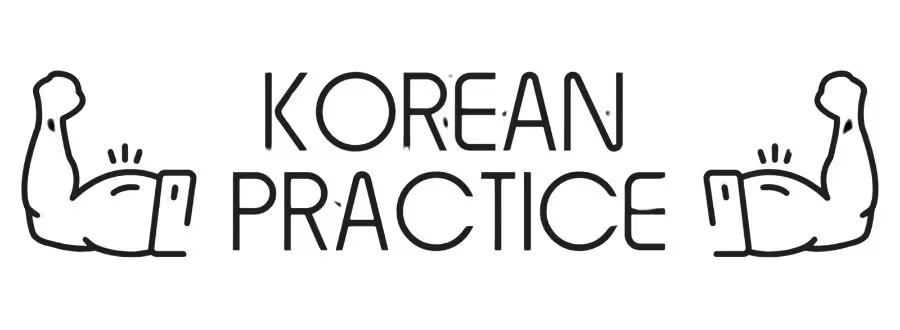If you’re planning to visit or move to South Korea, it’s important to learn basic Korean phrases, including how to say sorry in Korean language. In Korean culture, apologizing is an important aspect of daily communication and etiquette, and knowing the right way to apologize can help you avoid misunderstandings and build strong relationships with Korean locals. In this article, I’ll guide you through the process of how to say sorry in Korean language.

Image by Freepik
Knowing When and How to Say Sorry in Korean Language
In Korean culture, there are different ways to apologize depending on the situation. You can say sorry for a mistake you made, for being late, for interrupting someone, or for causing inconvenience. However, there are also situations where saying sorry is not necessary, such as when someone bumps into you, or when you’re in a crowded place.
How to Say Sorry in Korean Language
In Korean, there are several ways to say “sorry” depending on the context and level of formality. Some common expressions for apologies include:
Formal Apologies in Korean
죄송합니다 (joe-song-ham-ni-da)
This is the most common way to say “sorry” in formal situations, such as apologizing to a superior or someone you don’t know well. It can also be used in written apologies.
Example: A: “Excuse me, do you have a moment to talk?” B: “죄송합니다, 지금은 조금 바빠요. (I’m sorry, I’m a bit busy right now.)”
죄송합니다, 지금은 조금 바빠요.
죄송합니다 (joe-song-ham-ni-da), 지금은 (ji-geu-meun) 조금 (jo-geum) 바빠요 (ba-bba-yo).
죄송합니다 (I’m sorry; in a formal way), 지금 (now) 은 (as for) 조금 (a bit) 바쁘 (to be busy) 아요 (am; I’m telling you polite and friendly). * 바쁘 + 아요 = 바빠요
I’m sorry, I’m a bit busy right now.
Lit. I’m sorry, As for now, (I)’m a bit busy.

대단히 죄송합니다 (dae-dan-hi joe-song-ham-ni-da)
This expression is used to express a deeper level of regret or remorse in formal situations.
정말로 죄송합니다 (jeong-mal-lo joe-song-ham-ni-da)
This expression is similar to the above but emphasizes the sincerity of the apology.
Informal Apologies in Korean
미안해 (mi-an-hae)
This is the most common way to say “sorry” in informal situations, such as apologizing to a friend or family member.
Example: A: “Can you help me with this math problem?” B: “미안해, 수학 문제는 내가 잘 못해. (Sorry, I’m not good at math problems.)”
미안해, 수학 문제는 내가 잘 못해.
미안해 (mi-an-hae), 수학 (su-hak) 문제는 (mun-je-neun) 내가 (nae-ga) 잘 (jal) 못해 (mo-tae).
미안해 (sorry; in a casual way), 수학 (math) 문제 (problem) 는 (as for) 내가 (I; in a way I am something when others are not) 잘 (well) 못 (can not) 하 (to do) 해 (I’m telling you casually). 못하 -> 못해
Sorry, I’m not good at math problems.
Lit. Sorry, As for math problem, I can not do well.
미안합니다 (mi-an-ham-ni-da)
This expression is more formal than “미안해” but less formal than “죄송합니다.” It can be used in semi-formal situations.
미안해요 (mi-an-hae-yo)
This is a slightly more polite form of “미안해” and can be used in slightly more formal situations.
Adding Expressions to Your Apology
To show sincerity and remorse, you can add other expressions to your apology in Korean language. Here are some examples:
- “진심으로 사과드립니다” (jin-si-meu-ro sa-gwa-deu-rim-ni-da) – I sincerely apologize.
- “제가 잘못했습니다” (je-ga jal-mot haet-seum-ni-da) – I was wrong.
- “다시는 그런 일 없도록 노력하겠습니다” (da-si-neun geu-reon il eop-do-rok no-ryeok-ha-ge-sseum-ni-da) – I’ll do my best to ensure it doesn’t happen again.
Using Body Language to Show Remorse
Besides knowing how to say sorry in Korean language, you can also use body language to show your remorse. Bowing is a common gesture in Korean culture that shows respect and sincerity. The depth and duration of the bow depending on the level of formality and the severity of the mistake.
Conclusion
Knowing how to say sorry in Korean language is an important aspect of Korean culture, and it is essential to learn the right way to apologize to avoid misunderstandings and build strong relationships. Remember to use the appropriate level of formality and familiarity when apologizing, and add expressions to show your sincerity and remorse. Don’t forget to use body language to emphasize your apology.







